Nuclear watchdog’s independence questioned
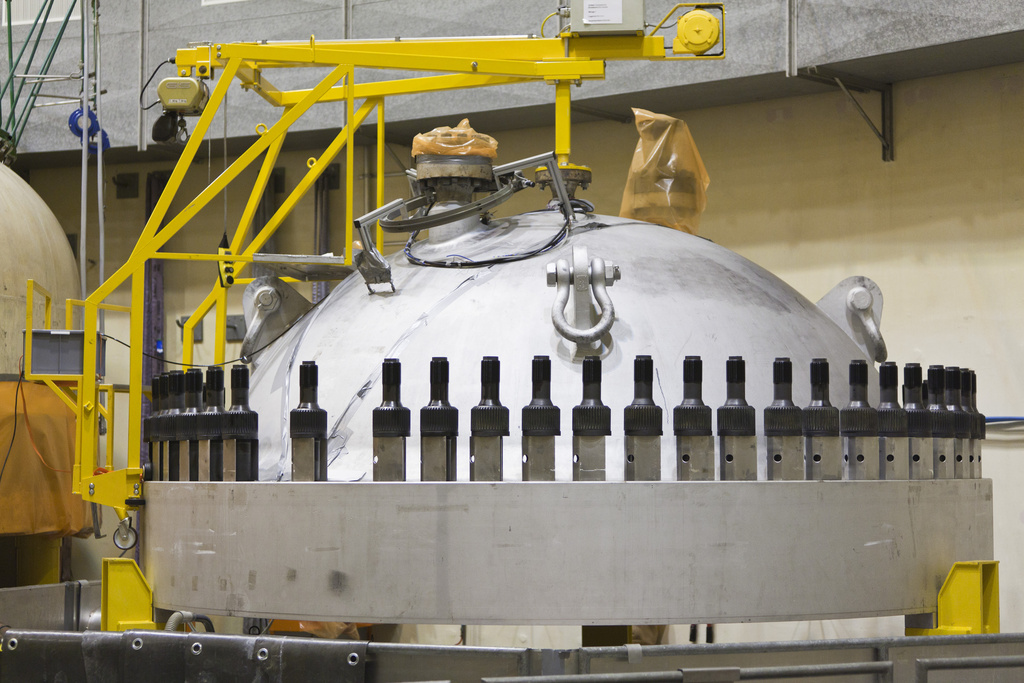
An anti-nuclear organisation has accused Switzerland’s nuclear safety watchdog of being a mouthpiece for the operators of the nuclear power plant near Bern.
The non-governmental organisation, Fokus Anti-Atom, is questioning the assertion by the Federal Nuclear Safety Inspectorate (ENSI) that fissures in the core shroud of the reactor at the Mühleberg plant do not pose a safety risk.
At the end of June, the operator of the power station, BKW Energy, shut down Mühleberg five weeks before its annual inspection.
At a hastily called news conference coinciding with the decision to take the plant offline early, officials from BKW Energy explained that they could not guarantee that the reactor’s water cooling system would hold up in the event of extreme flooding.
The officials said this was the result of new calculations done by hydrologists at the Federal Institute of Technology in Zurich (ETHZ).
But this was not the only crack in the image of the nuclear plant and its operator. A week later, the government watchdog posted a report on its website saying that fissures in the core shroud at Mühleberg were nothing new and “under control”, adding however that these fissures would be investigated as part of the annual inspection.
ENSI made the announcement in response to reports in Switzerland’s German-speaking press that for the first time a fissure had gone through the entire wall of the core shroud.
The ENSI report includes a video animation showing how the reactor fuel core is protected by the shroud – a large stainless steel cylinder of welded plates. The video states that the fissures pose no safety threat. Fokus Anti-Atom criticised the fact that the video shown on the ENSI site was produced by BKW Energy.
Low point
Markus Kühni of the NGO said ENSI’s decision to post the video was a “new low point” for the organisation. “It’s not the job of the watchdog to do public relations work for BKW Energy,” Kühni told swissinfo.ch.
An ENSI official, Peter Flury, told the Bund newspaper on July 12 that the video was posted “only to depict the spatial situation of the core shroud”.
However, the Bund points out that the video conveniently ignores another ENSI finding that casts doubt on whether repairs to the fissures can hold in the long term. According to the Bund, ENSI has called on BKW Energy to find a better way to seal the cracks.
Flury told swissinfo.ch he had no further comments on the matter.
In an open letter to ENSI, Fokus Anti-Atom highlighted the key role of the core shroud in the nuclear reactor containment system. According to Kühni, damage to the core shroud could lead to a blockage of the control rods which regulate reactions in the reactor core.
Fokus Anti-Atom is particularly incensed that ENSI failed to mention the large crack in its annual report, even though the fissure was discovered in 2009.
Political fallout
Politicians from both the left and right have also expressed their concern about ENSI’s independence.
The president of the Conservative Democratic Party, Hans Grunder, told the SonntagsZeitung newspaper recently that the nuclear energy watchdog was not fully aware of the importance of maintaining its independence.
Grunder demanded that external experts be appointed to ENSI following the resignation in June of the body’s president, Peter Hufschmied. He stepped down amid allegations that he had close ties with FMB Energy.
For his part, Kühni has put forward a series of conditions that ENSI should meet in order for trust to be restored to the watchdog.
He thinks ENSI employees should be obliged by law to blow the whistle on any questionable practices. The anti-nuclear activist also says ENSI must make all information public. “ENSI is very secretive and only provides access to information or documents when it is forced to.”
Safety assessments to ensure, for example, that infrastructure can withstand earthquakes and flooding should in future be carried out by institutes commissioned by ENSI – not power companies – and fulfill criteria proving their independence.
Switzerland currently has five nuclear reactors which generate about 40% of the energy produced in Switzerland but will gradually come off the power grid as of 2019.
In 1990 voters approved a ten-year moratorium for the construction of new nuclear power plants. In 2003 – three years after the end of the freeze – the electorate rejected an extension of or definite withdrawal from nuclear energy programmes.
Three sites for new nuclear power stations – Beznau, Gösgen and Mühleberg – have been given the stamp of approval by the national regulatory authorities.
It is widely expected that Swiss voters will have the final say on the construction of new reactors in a nationwide ballot in 2013 or 2014.
Beznau I (commissioned 1969)
Beznau II (1972)
Mühleberg (1972)
Gösgen (1978)
Leibstadt (1984)
(Adapted from German by Dale Bechtel)

In compliance with the JTI standards
More: SWI swissinfo.ch certified by the Journalism Trust Initiative
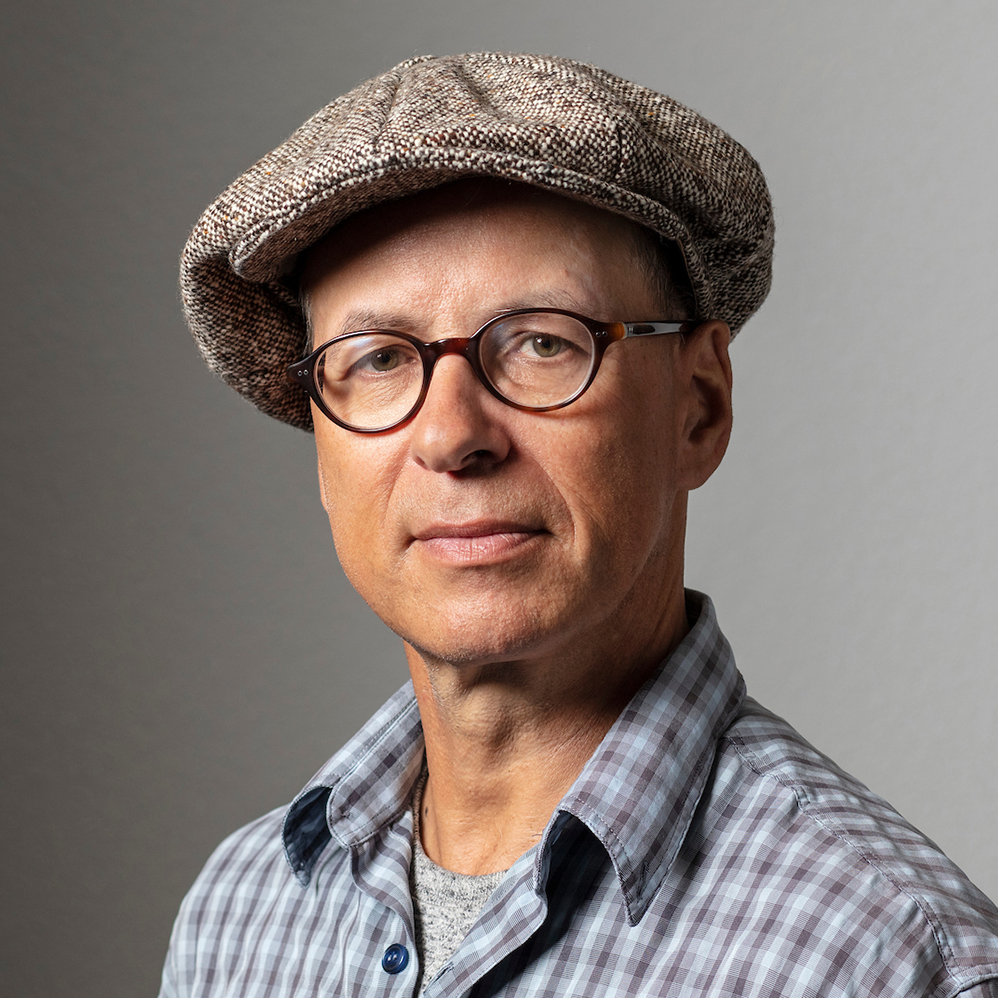
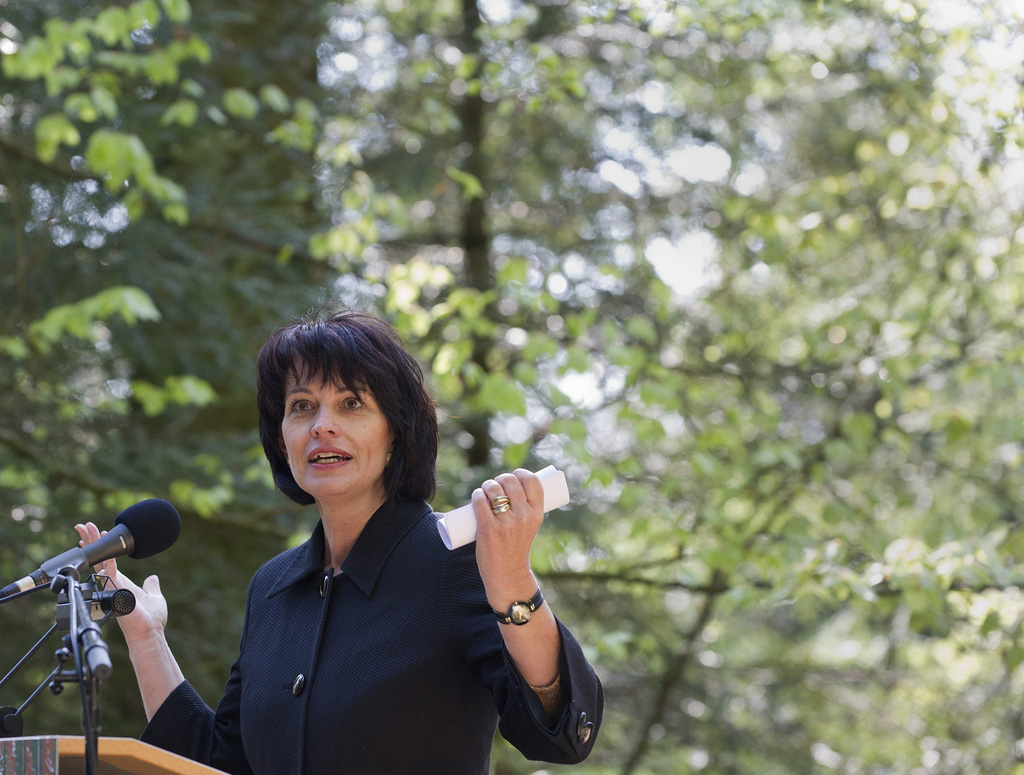
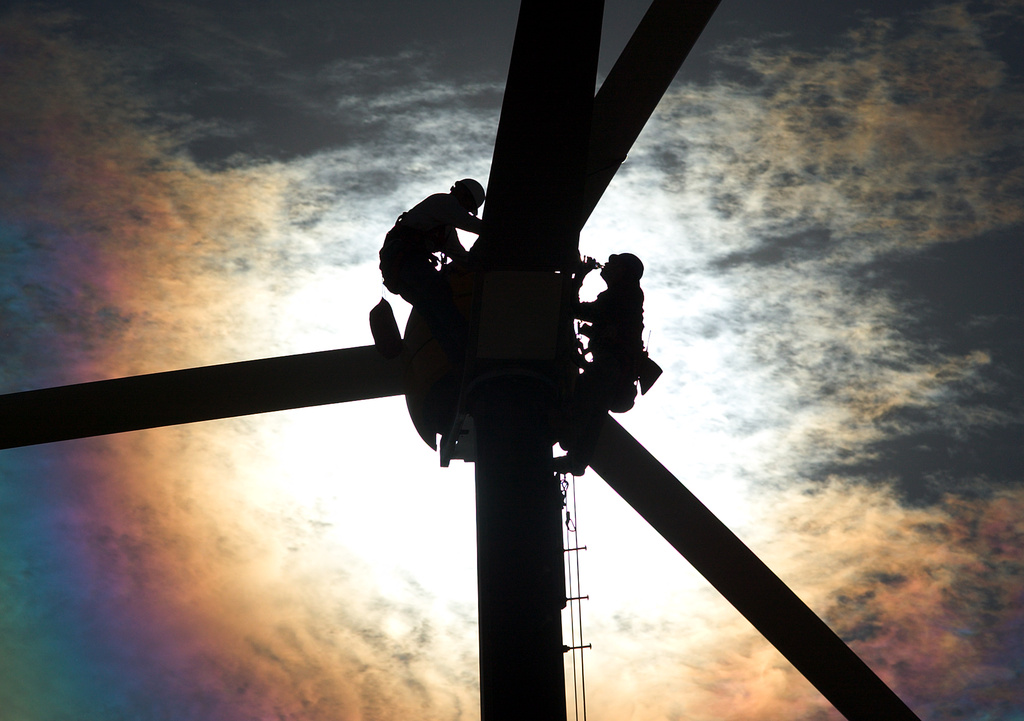
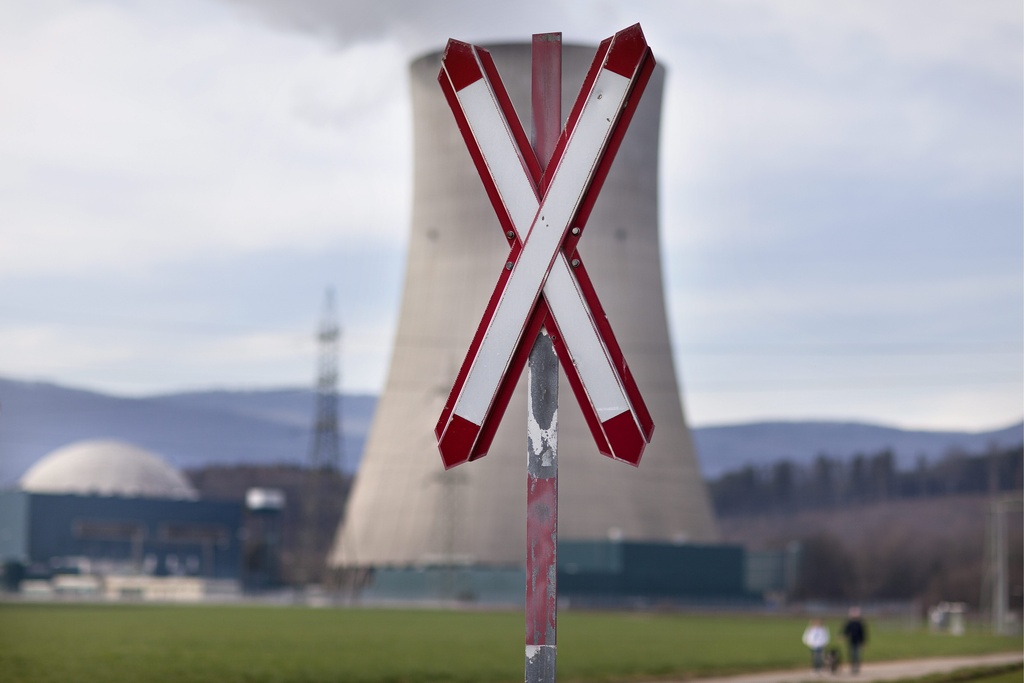
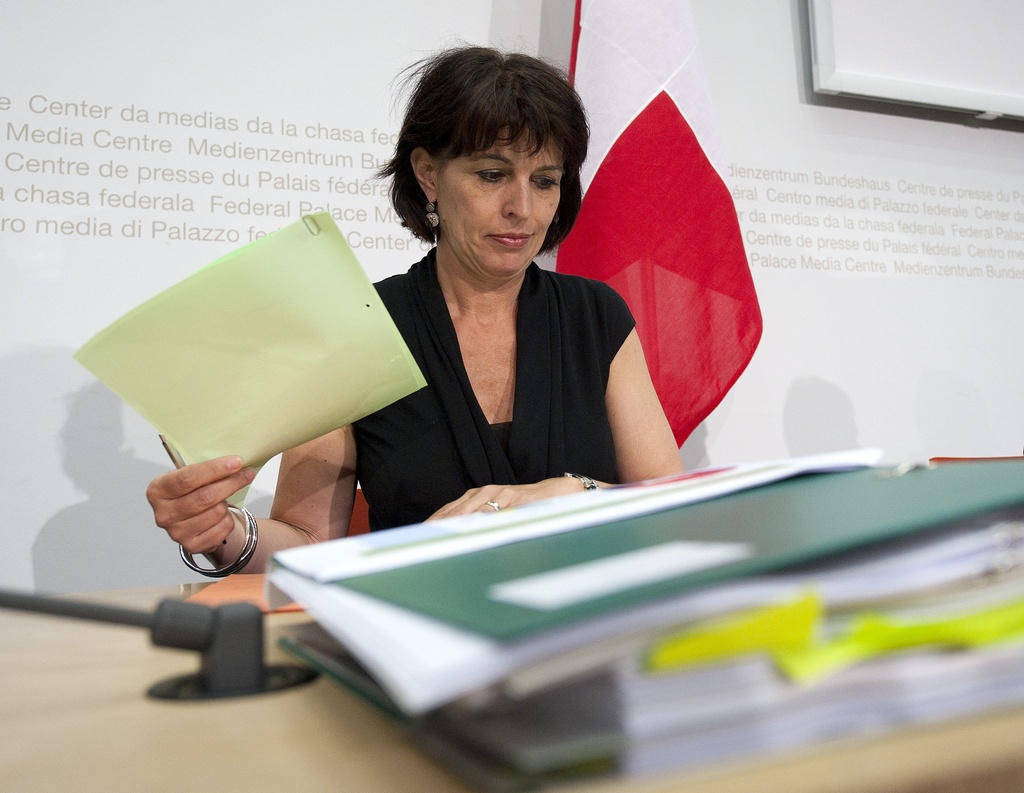
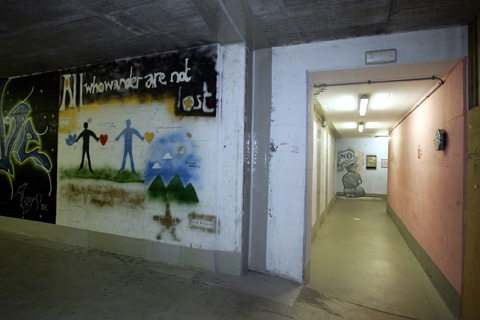
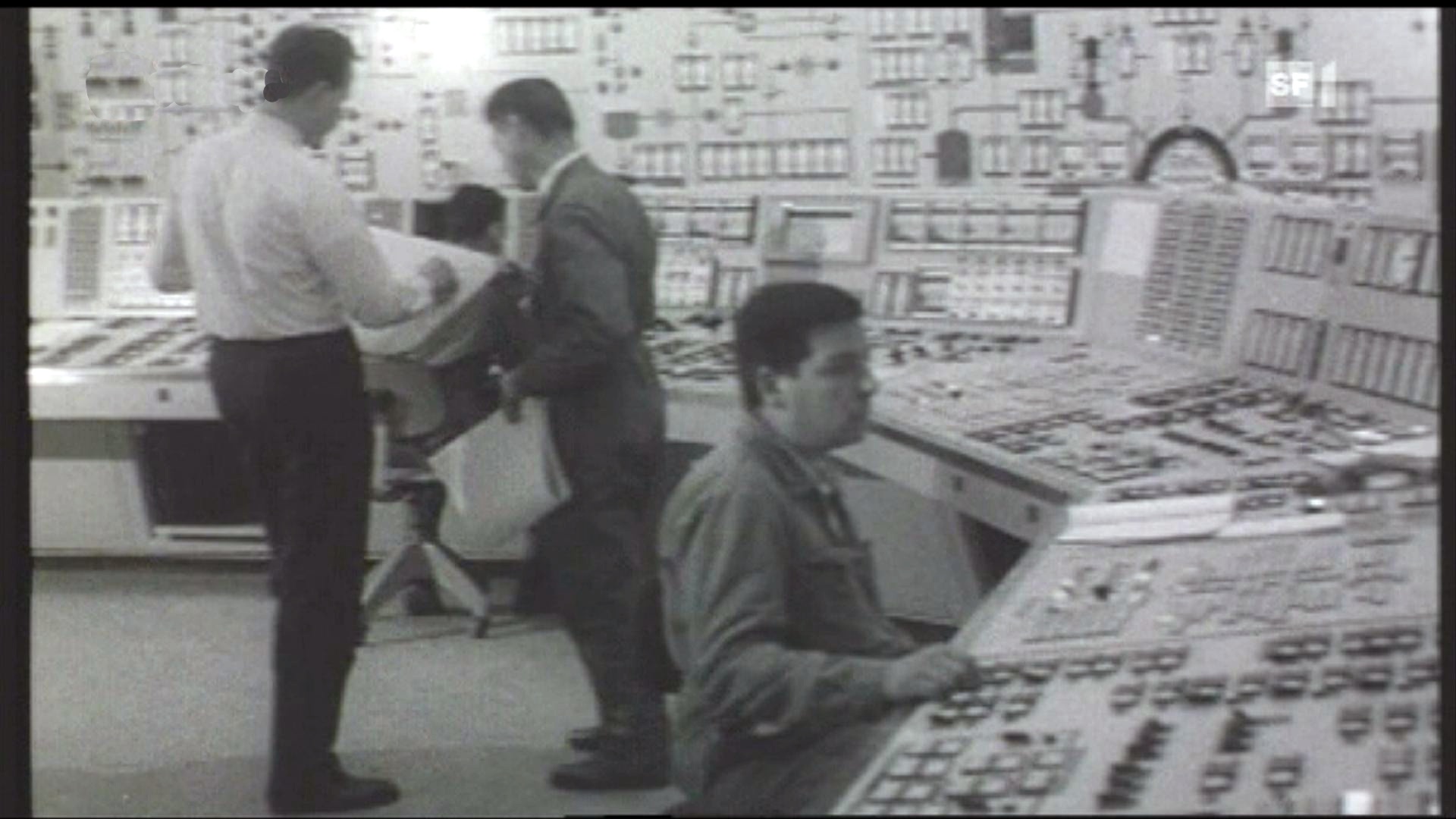
You can find an overview of ongoing debates with our journalists here. Please join us!
If you want to start a conversation about a topic raised in this article or want to report factual errors, email us at english@swissinfo.ch.